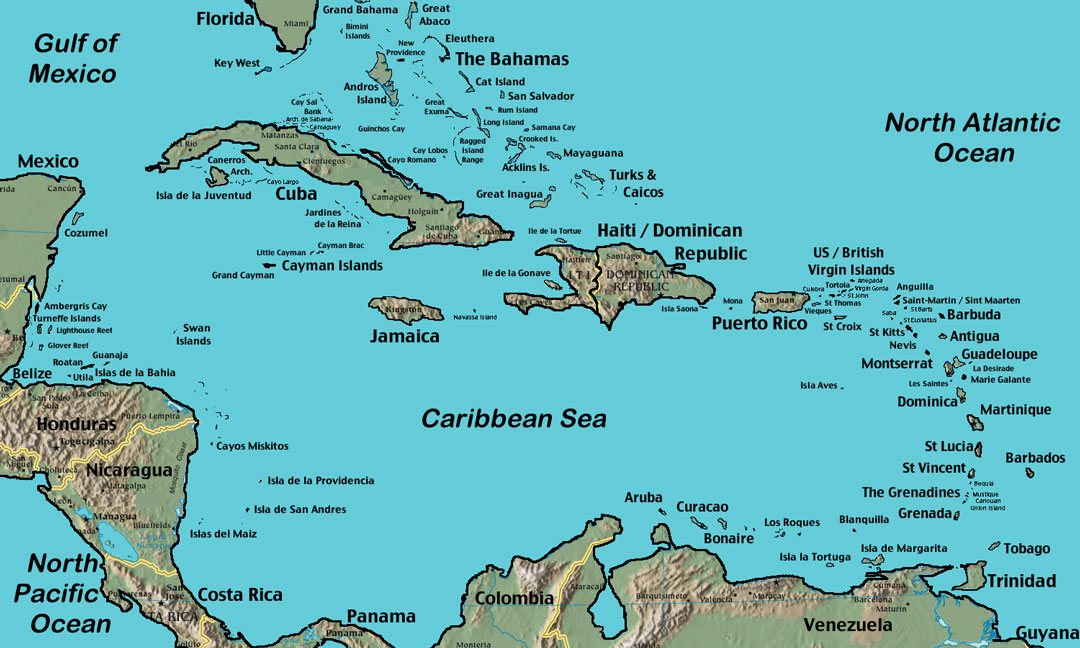SS Nautical Training Learning Units
Collision Prevention Buoyage & Flags (CPBF)
On completion of this unit, learners will be able to recognise and identify IRPCS light, sound and shape signals. Learners will be able identify buoyage and flag signals used in port. Learners will be able assess risk of collision between vessels, determine give way and stand on vessels, and take action to avoid collision.
Magnetic compass, Charts & Publications (MCCP)
In the first part of this unit, learners find out the function of, and precautions to take with, the magnetic compass. On completion of this part, learners will be able to use variation, and deviation, to convert courses and bearings between true and compass. In the second part of the unit, learners are introduced to chart symbols and publications using the coastline, landmarks, shoals, rocks and currents around Trinidad.
Navigation equipment & Meteorology (NEM)
On completion of the first part of the unit, learners will be able to describe the navigation equipment commonly carried on SCVs, and the routines for testing the equipment, prior to departure and arrival. In the second part of the unit, learners are introduced to the meanings of the vocabulary used in marine weather bulletins. Learners are also introduced to the meaning of symbols used on weather maps.
Passengers, Distress & Search and Rescue (PDSR)
On completion of this unit, learners will be able to define passenger vessels, describe passenger orientation, the operational readiness of lifesaving appliance, reporting incidents to flag state, and distress signals. Learners will also be able to describe, beaching a boat, recovering persons overboard, VHF DSC, search and rescue, and human behaviour in emergencies.
Passage planning & Coastal navigation* (PPCN)
On successful completion of this distance learning unit, learners will be able to select waypoints and create routes in GPS around Trinidad with due regard to the knowledge acquired during the appraisal. On completion of the coastal navigation workbook, learners will be able to plot latitude and longitude, as well as, range and bearing positions on a nautical chart. Learners will be able to extract and apply variation and deviation to bearings and courses.
Anchoring, Mooring, Gangways & Towing (AMGT)
On completion of this unit, learners will be able to describe the components of a stockless anchor system, including how to secure the anchor. Learners will be able to select a suitable location for anchoring, and describe the process of anchoring. Learners will be able to describe mooring equipment and operations.
Essential Navigation & Seamanship (ENS)
Essential Navigation and Seamanship is not a professional qualification. It affords young learners the opportunity to access nautical training, early and locally, at affordable rates. And thereby, learners discover aptitudes and interests that might not have been otherwise found. The ENS module is an introduction to navigation and boat safety awareness for new or inexperienced boaters, and those wanting to refresh their skills. In fact it's for anyone interested in sailing, motor boating, fishing or diving, and complements professional nautical qualifications, such as STCW and Boatmaster. Our ENS module is based on the same named course offered by the Royal Yachting Association. It is a highly informative unit that learners can receive online.
Advanced Coastal Navigation* (ADNAV)
On successful completion of this unit, learners will be able to start and set up a radar set, to identify the errors in a sextant and use it for VSA and HSA. Learners will be able to take and plot visual bearings and running fixes and to use the range and height of lighthouses. Learners will be able to monitor position using the echo sounder and precautions with GPS positions. On successful completion of this unit, learners will be able to use the nautical almanac, ABC tables, clock and calculator to calculate azimuth and amplitude, for determining compass error on the Trinidad coast.
Cargo work & Stability (CARGO)
On completion of this unit, learners will be able to describe deck cargo stowage plans, safe deck best practice, the hazards of hydrocarbons, pumps and piping arrangements.
Nautical safety management (INSP)
By the completion of this unit, learners would know the certification required for a vessel to go to sea, the fundamentals of the SCV and ISM Codes. Learners will learn how to use the SOLAS Training manual, measures for fire and pollution prevention, as well as, navigating in restricted visibility. By the end of this module, learners will have guidance on how to inspect: the outer hull, forepeak and double bottom tanks, top side equipment and structure, firefighting and lifesaving equipment and bilges.
Keep reading
We will explain STCW and give some more information about the Basic Safety certificate.
Links coming soon
